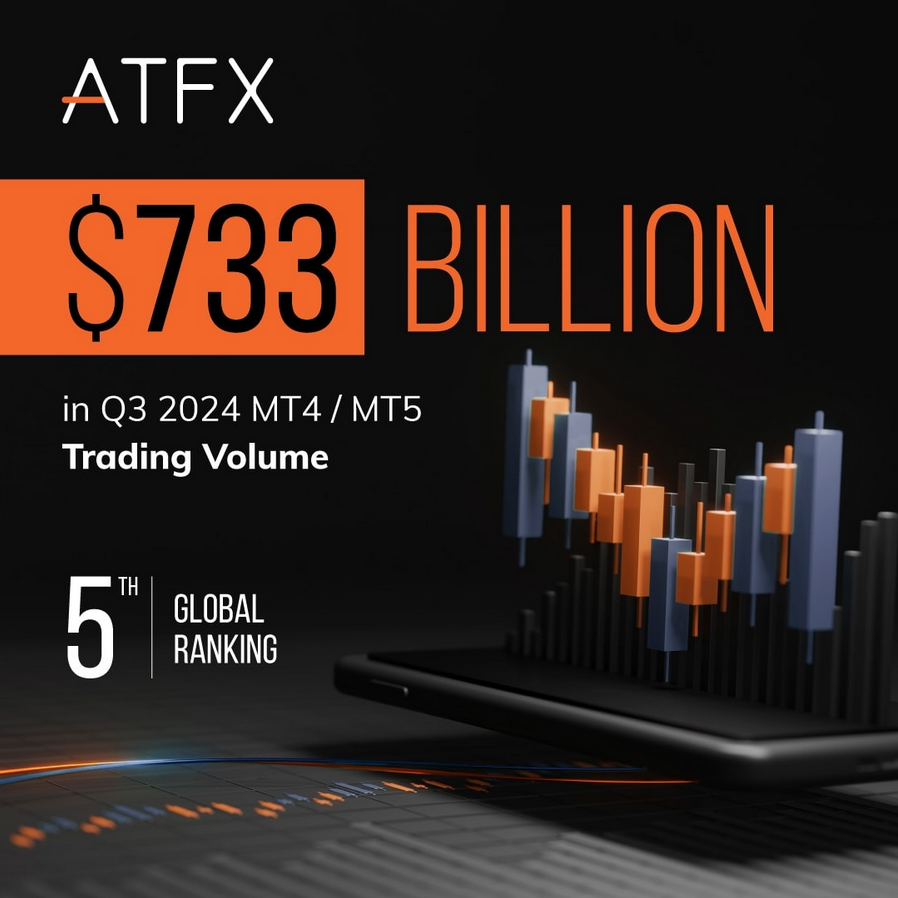The euro weakened amid poor German and eurozone sentiment data, with focus on US inflation shaping Fed policy expectations. The pound faced pressure from mixed UK employment figures and cautious BoE outlook. The yen slipped as trade optimism reduced demand for safe havens, while BoJ policy divergence with the Fed persisted. The Australian dollar declined after an RBA rate cut, with markets awaiting US CPI for guidance. Gold rebounded after prior losses, supported by safe-haven demand and technical buying, but gains remain capped by geopolitical developments and Fed policy uncertainty.
The euro remained under slight pressure amid limited data and cautious investor sentiment, with geopolitical events offering potential but uncertain support. The pound held resilient despite corrections, benefiting from a favorable domestic backdrop and a weaker dollar, though market attention remains on upcoming UK data. The yen traded in a narrow range as the Bank of Japan maintained a cautious policy stance, with safe-haven demand subdued for now. The Australian dollar steadied ahead of a widely expected RBA rate cut, with market focus on signals for future policy moves. Gold faced selling pressure amid tariff uncertainty and profit-taking, with key support levels in play and upside capped unless strong buying momentum returns.
Read the rest of this entry »
This week is packed with high-impact macro releases that are likely to steer FX markets: US July CPI (Tue) and related U.S. inflation reads, a scheduled RBA monetary policy decision and press conference (Tue), flash/first estimates of Eurozone and UK Q2 GDP (mid-week), a string of US producer and retail flows later in the week, and a set of central-bank speeches and country-specific monthly indicators that will influence currency pairs and cross-asset flows. These items will move market expectations for central-bank policy and growth across USD, AUD, EUR, GBP, JPY and commodity
Read the rest of this entry »
The euro held firm despite weak German data, buoyed by ECB optimism, but faces pressure from upcoming US jobless claims and Fed commentary. The pound steadied ahead of a BoE rate cut, with sentiment hinging on US labor data and MPC signals. The yen traded sideways as markets assessed BoJ policy amid weak wage growth and cautious inflation outlook. Silver showed strength toward resistance, though mixed signals keep the bias uncertain amid shifting US rate expectations. Gold hovered near recent highs, supported by Fed easing hopes but constrained by technical barriers and looming breakout risks.
Read the rest of this entry »
The euro stayed resilient despite weak eurozone data and cautious ECB outlook, while the pound held steady as UK construction figures fell short. The yen saw support from soft wage data, reinforcing dovish BoJ sentiment. The Australian dollar gained strength on upbeat Chinese and regional data, though upside may be capped ahead of trade and central bank decisions. Gold remained firm near recent highs, supported by expectations of looser US monetary policy amid signs of slowing growth and weaker labor conditions, boosting its appeal as a safe-haven asset.
Read the rest of this entry »
The euro struggles as weak Eurozone data fuels concerns, while the pound finds modest support from services resilience but remains pressured by economic worries. The yen holds steady amid shifting Bank of Japan sentiment, with U.S. figures in focus. Gold trades sideways, supported by rate cut expectations and lingering trade uncertainty, as dollar strength caps further gains. Traders weigh upcoming U.S. releases to assess direction, with sentiment fragile across markets amid global economic and political uncertainties.
Read the rest of this entry »
The euro found strength despite weak sentiment data, while the pound was lifted by a softer dollar even amid UK economic concerns. The yen steadied after sharp moves driven by shifting Fed expectations and cautious BoJ commentary. The Australian dollar’s rise lacked solid domestic backing and hinges on further U.S. weakness. Meanwhile, gold remained buoyed by safe-haven flows, weak U.S. data, and rising geopolitical risks, with traders watching Fed policy signals closely as dollar momentum fades and market uncertainty lingers across major asset classes.
Read the rest of this entry »
Following an eventful week dominated by central bank decisions, key U.S. data releases, and global trade developments, financial markets experienced significant shifts across major assets. While the upcoming week may appear lighter in terms of scheduled economic releases, several high-impact events are still expected to shape sentiment and drive volatility. The Bank of England is set to announce a crucial interest rate decision, while geopolitical developments, corporate earnings, and economic indicators from key economies will keep traders alert. Despite a quieter calendar overall, expectations for elevated market swings remain, particularly given the underlying uncertainty across global economies. Here’s a detailed day-by-day breakdown of key macroeconomic events and risk drivers in the week ahead:
Read the rest of this entry »
The euro remains under pressure despite signs of improving labor markets, as recession fears and trade concerns limit gains. The pound weakens on soft economic forecasts and fading hopes of monetary easing. The yen finds temporary strength as the Bank of Japan maintains caution amid global trade risks. The Australian dollar struggles amid weak Chinese data and a firm U.S. dollar. Gold shows signs of recovery but faces headwinds from strong U.S. data and cautious Fed messaging, capping further upside as traders await more signals on inflation and global policy shifts.
Read the rest of this entry »
The euro remains subdued as growth data fail to ease recession fears, while the pound struggles amid weak UK figures and expectations of future rate cuts. The yen sees modest gains as markets await central bank cues, with volatility likely around U.S. decisions. The Canadian dollar weakens further, pressured by trade tensions and rate hold policies, despite resilient domestic data. The Australian dollar stays under pressure following softer inflation and rising expectations of a near-term rate cut. Gold finds support from inflation concerns and market uncertainty, with bullish potential above key levels.








